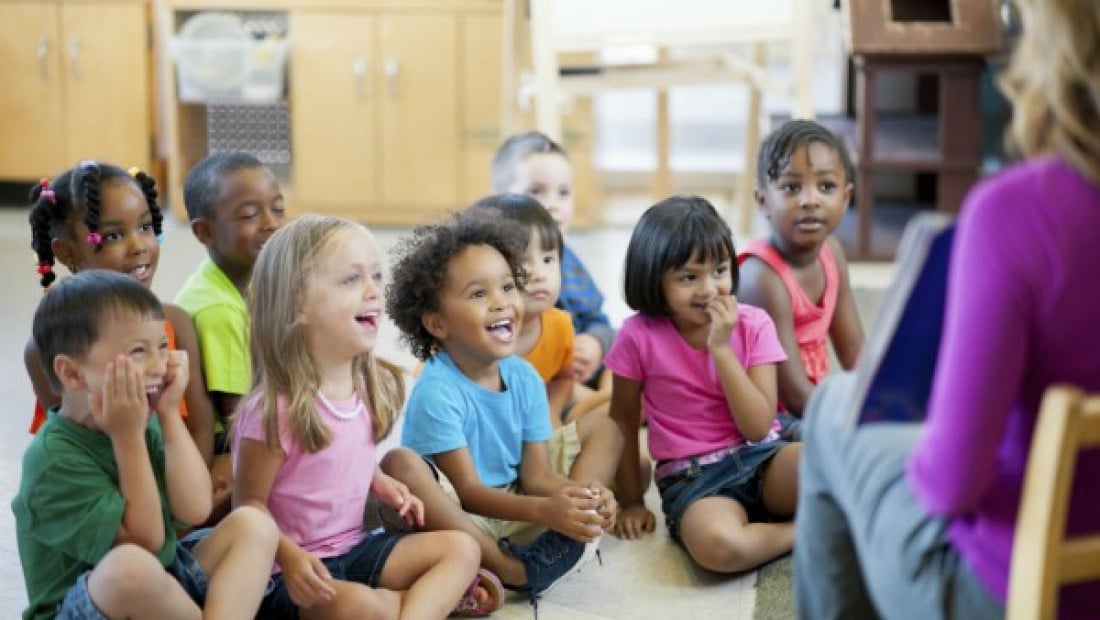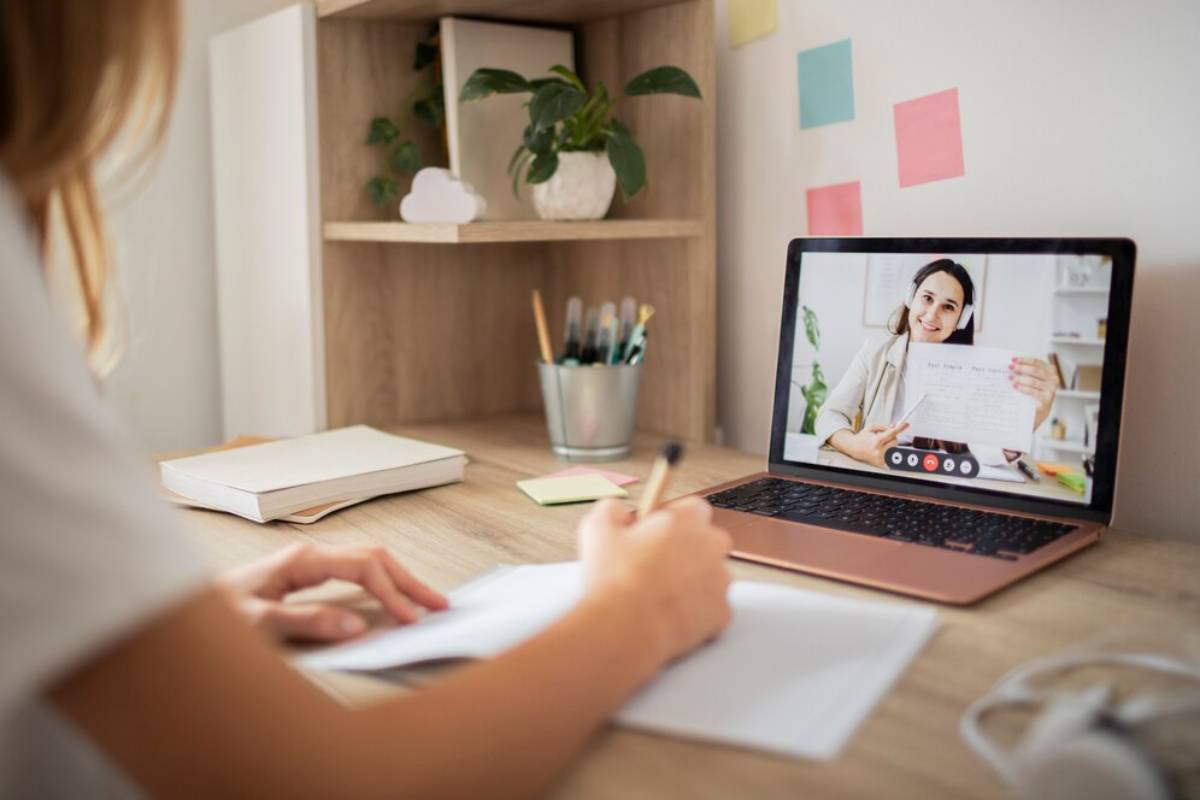
Mnemonics and Language Learning: A Perfect Match
Have you ever tried to learn a word in a new language, only to forget it ten minutes later?
If so, you’re not alone. Vocabulary tends to slip away when it’s not connected to anything meaningful. But what if you could make foreign words stick with a bit of creativity and a lot less frustration?
Enter the world of mnemonics — a time-tested tool used by memory champions, polyglots, and language learners everywhere. These memory techniques aren’t just fun. They’re backed by science, deeply personal, and wildly effective.
In this post, you’ll learn how to use language mnemonics to boost fast word recall. Whether you’re starting from scratch or trying to break through a plateau, these tips will make vocabulary learning faster, easier, and a whole lot more memorable.
What Are Mnemonics?
Mnemonics are memory devices that link new information with something familiar, emotional, or visual. They create mental shortcuts, making it easier for your brain to store and retrieve information.
Common types include:
- Visual imagery: Associating words with strong mental images
- Acronyms: Like ROYGBIV for the colours of the rainbow
- Stories: Making a silly narrative that ties words together
- Rhymes and sounds: Words that sound similar in your language
- Chunking: Breaking big lists into smaller groups
Used correctly, mnemonics transform dull word lists into vivid, sticky memories.
Why Mnemonics Work So Well for Language Learning

Your brain loves patterns and emotion. That’s why mnemonics are so powerful for vocabulary — they activate multiple areas of the brain.
Here’s how they help:
- Link abstract words to real experiences
- Make learning more fun and emotional, boosting motivation
- Tap into long-term memory through strong mental associations
- Reduce cognitive overload by simplifying complex words
Instead of forcing your brain to memorise disconnected words, mnemonics give it hooks to hang them on.
How to Create Language Mnemonics That Stick
Let’s break down a simple formula:
Foreign word + Similar-sounding native word + Visual or emotional image
Example in Spanish:
- Word: Caballo (means “horse”)
- Sounds like: “Cab”
- Mnemonic: “A horse pulls a taxi cab through the city.”
- Visualise: A massive horse pulling a yellow cab in traffic
Now, caballo isn’t just a word — it’s a story. And stories are hard to forget.
1. Visual Mnemonics: See It to Remember It
Why do they work:
The brain processes images 60,000 times faster than text. Visuals stick because they activate the occipital lobe and emotional centres.
Try this:
- Draw pictures that represent the word
- Use flashcards with photos or icons
- Imagine something unusual or exaggerated
Example: For the French word lune (moon), imagine a giant spoon made of moon cheese — it sounds silly, but that’s the point.
2. Sound-Based Mnemonics: Play With Pronunciation
Sometimes a foreign word sounds like a word you already know. Use that to your advantage.
Steps:
- Break the word into syllables
- Find similar-sounding words or phrases in your language
- Create a link that connects sound to meaning
Example in German:
- Schmetterling = butterfly
- Sounds like: “Smash-tering”
- Mnemonic: Imagine a butterfly smashing into a window dramatically — weird, but effective.
3. Story-Based Mnemonics: Make It Emotional
Stories make connections between unrelated ideas and help glue words together.
How to do it:
- Choose 3–5 words you’re learning
- Build a ridiculous or vivid story that includes all of them
- Use first-person narration to increase emotional impact
Example (Spanish words):
- Zapato (shoe), Perro (dog), Llave (key)
“My dog stole my shoe and hid my keys in the backyard. I had to chase him barefoot through mud!”
Suddenly, those three words are tied to a memorable event — real or imagined.
4. Use Mnemonics for Grammar Too
It’s not just for vocab. Mnemonics can help you:
- Remember gender endings
- Learn irregular verb patterns
- Retain sentence structure rules
Example for masculine nouns in Spanish: Imagine a man holding all “-o” ending objects. If it ends in “-o,” it’s probably masculine.
Tools and Apps That Help
You don’t have to build everything from scratch. Try these resources:
- Memrise – Great for courses with mnemonic hints
- Anki – Create flashcards with visuals and audio
- Fluent Forever app – Focuses on custom memory hooks
- Quizlet – Includes sets with pictures and mnemonics
Many tools use spaced repetition learning to ensure long-term retention.
Best Practices for Using Mnemonics in Language Learning

To make your mnemonics even more effective, follow these tips:
Do:
- Make them personal — the weirder and funnier, the better
- Use emotion — fear, joy, or humour boost retention
- Repeat regularly — revisit your mnemonics daily
- Combine senses — image + sound + action
Don’t:
- Make them too abstract — keep them visual and vivid
- Overuse the same method — mix up strategies to keep things fresh
- Skip review — even the best mnemonic fades without reinforcement
A Day in the Life of Mnemonic Learning
- Morning: Review 10 vocab words with mnemonics
- Afternoon: Use 5 of them in sentences or a short story
- Evening: Watch a show in your target language and try to spot any mnemonic matches
- Before bed: Recall and re-visualise today’s words mentally
A little daily commitment adds up fast.
Common Mistakes to Avoid
Even with mnemonics, some traps slow you down. Watch for:
- Overcomplicating visuals – Keep them simple and snappy
- Skipping pronunciation practice – Mnemonics help recall, not speaking
- Not reviewing old material – Memory needs spacing
- Trying to do it all at once – 10–15 words a day is plenty
- Using generic images – The more you use, the better the retention
Mnemonics are tools, but your imagination is the engine.
Conclusion: Make Language Learning Unforgettable
If you’re tired of forgetting vocabulary or struggling to stay motivated, it’s time to let your imagination lead the way.
Language mnemonics offer a creative, brain-friendly shortcut to memorisation. They help you recall words faster, retain them longer, and have way more fun in the process.
So don’t just memorise. Personalise. Visualise. Dramatise. The sillier, stranger, or more emotional, the better. Because when learning feels like play, you’re more likely to show up, stick with it, and actually remember what you’ve learned.


